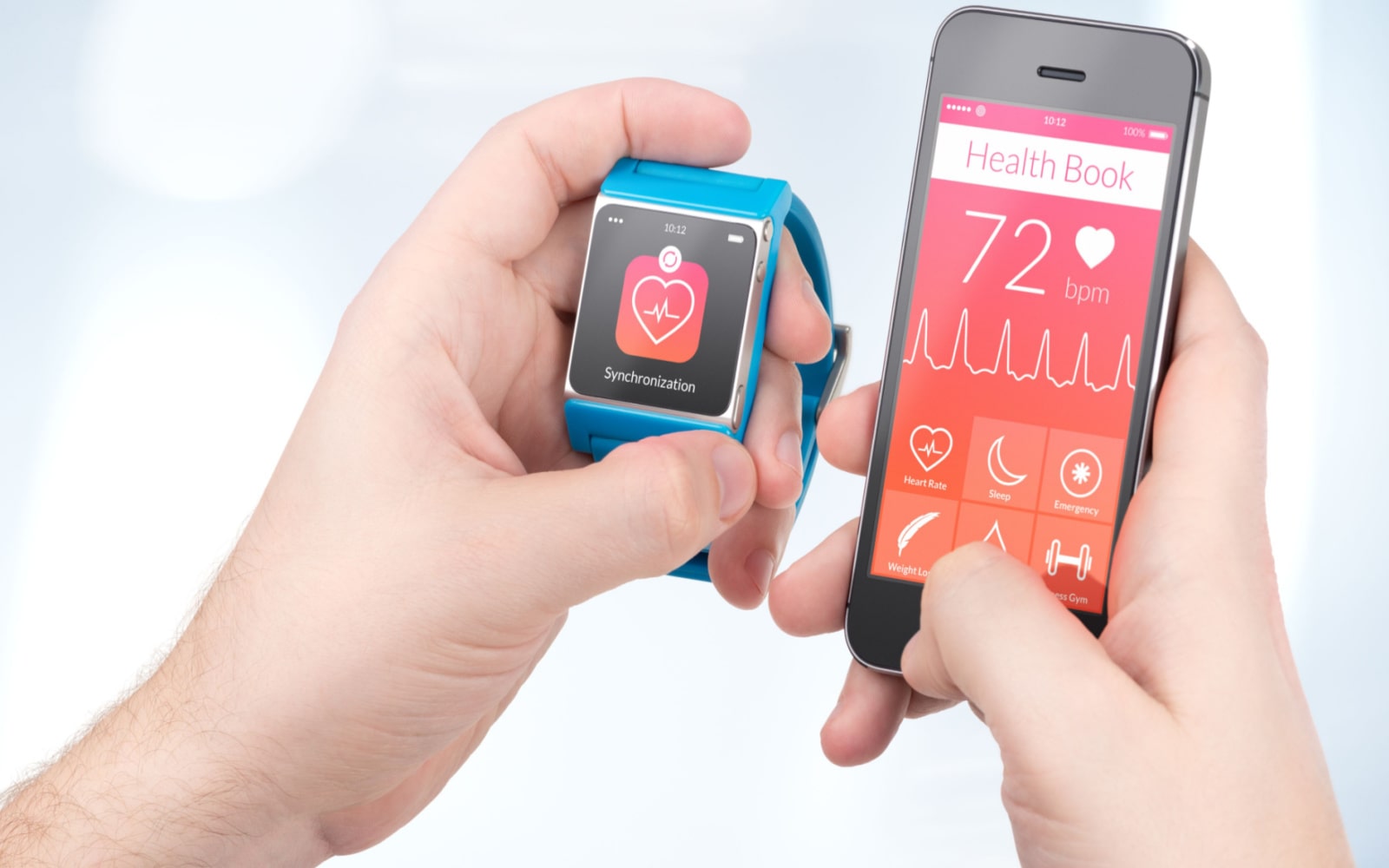
Wearable Devices And Its Profound Impact on People’s Health
Every day the world of medicine becomes more and more interconnected. The advent of digital technology makes the sci-fi dreams of yesterday a present and imminent reality. The world of medicine has been the site of some of the most fundamental changes. The advent of wearable medical devices has utterly changed how the treatment is planned, diagnoses are made and carefully administered. Below we’re going to explore how healthcare has changed with the advent of wearable devices. We’ll also consider what we may expect in the future.
Physicians And Patients Both Benefit From Wearable Devices
Diagnosis can be difficult when a patient reports intermittent symptoms that occur unreliably throughout their normal day. These types of symptoms are common with numerous conditions and ailments, and physicians have devised numerous ways to provoke them. Treadmill stress tests and other approaches have always yielded dicey results and have been notoriously unreliable for more obscure symptoms. The introduction of wearable medical devices has been nothing less than revolutionary in cases like these.
Wearable medical devices serve many purposes, many of which contain answers to concerns like this. They can track heart rates, body temperature, electrical pulses within the body, blood pressure, oxygen levels, and countless other biometrics while the patient goes about their day. When events such as oxygen levels or low blood pressure drops occur, they can be recorded and reported to the physician. This allows the doctor to observe these kinds of events in the context of the patients day to day life.
- Immunotouch – This device was developed during the pandemic and aimed to help wearers reduce their risk of contracting COVID. Anytime a wearer would reach for their face, the device would issue an alarm to prevent them from doing so.
- VivaLNK Continuous Temperature Sensor Patch – This device was implemented to track the wearer’s temperature. It proved effective in providing meaningful feedback for those with fibromyalgia and aiding in treating and managing the condition.
- Mojo Lenses – These contact lenses are an advanced device that provides the wearer with a HUD (heads-up display). Various information can be provided through this interface, including biometrics like blood pressure and heart rate, as well as navigational information. These devices have been used to help the sight impaired get around easier.
These devices represent a movement in medical technology to improve health and quality of life through the melding of man and machine. This is currently being achieved through removable medical devices, but more advanced options are on the way. We may one day be able to address certain health concerns with a simple implantable device that compensates for biological shortcomings.
Ask Your Physician About Wearable Health Devices
If you live with the condition that you think may benefit from the aid of a personal wearable device, speak to your physician. Currently, devices like this tend to be specifically designed to handle a narrow range of conditions. However, there may be something that can benefit you in handling the struggles of certain medical complications. Reach out to a medical provider for a consultation today.


